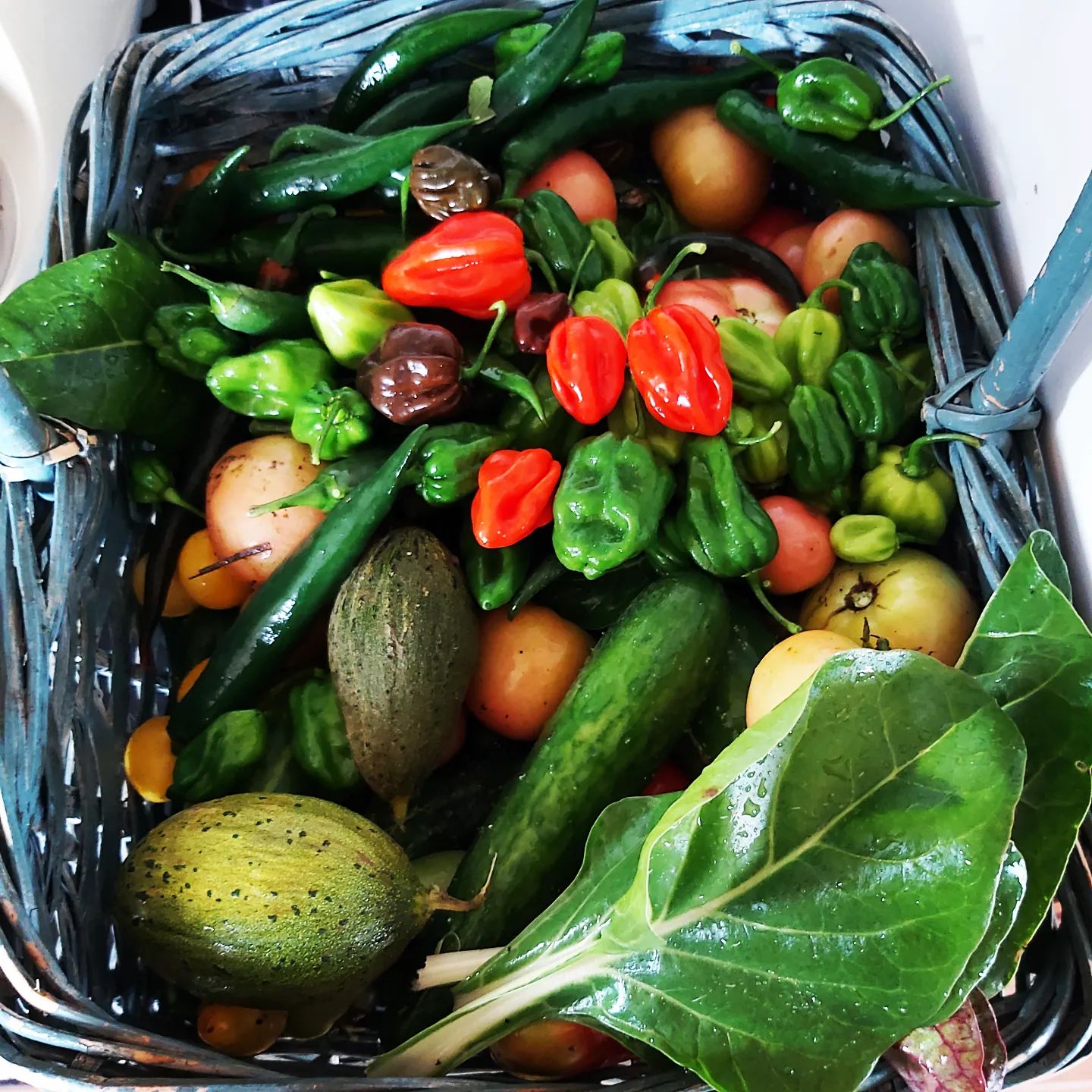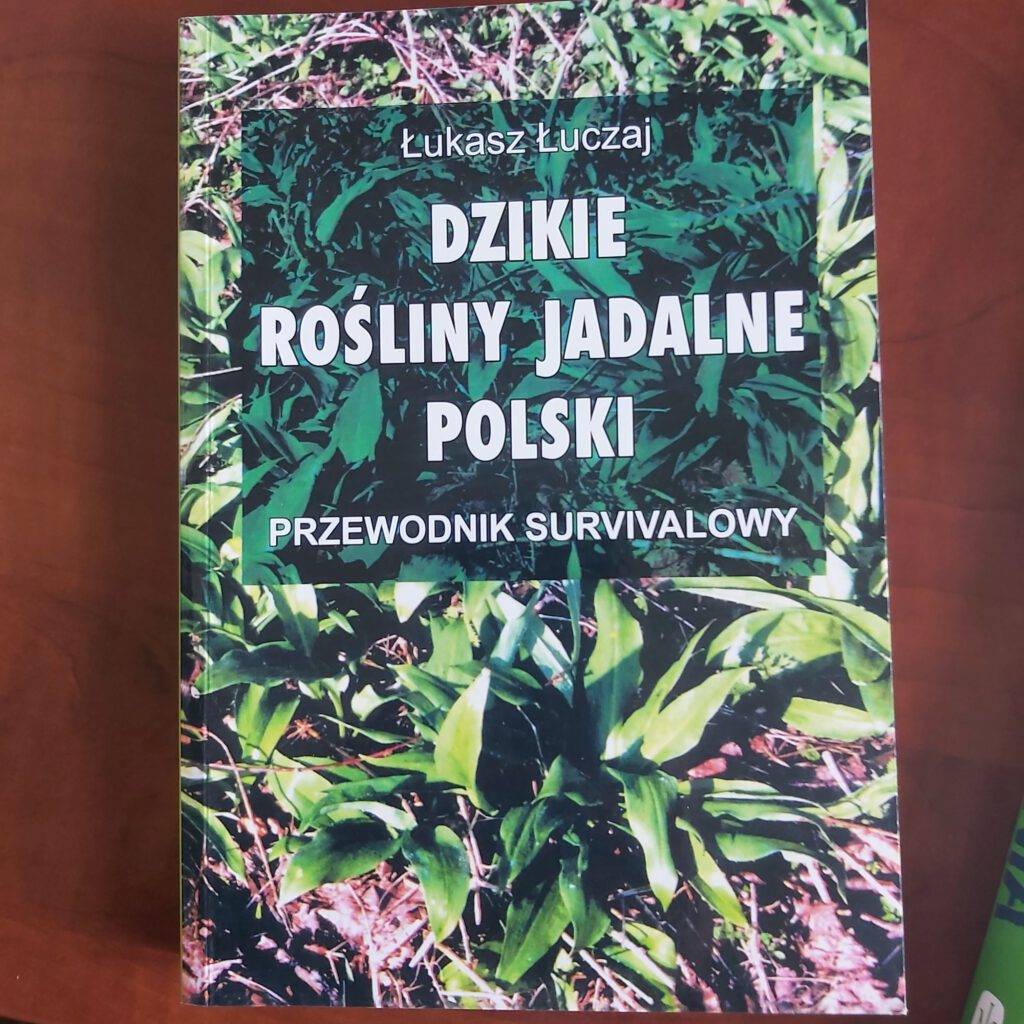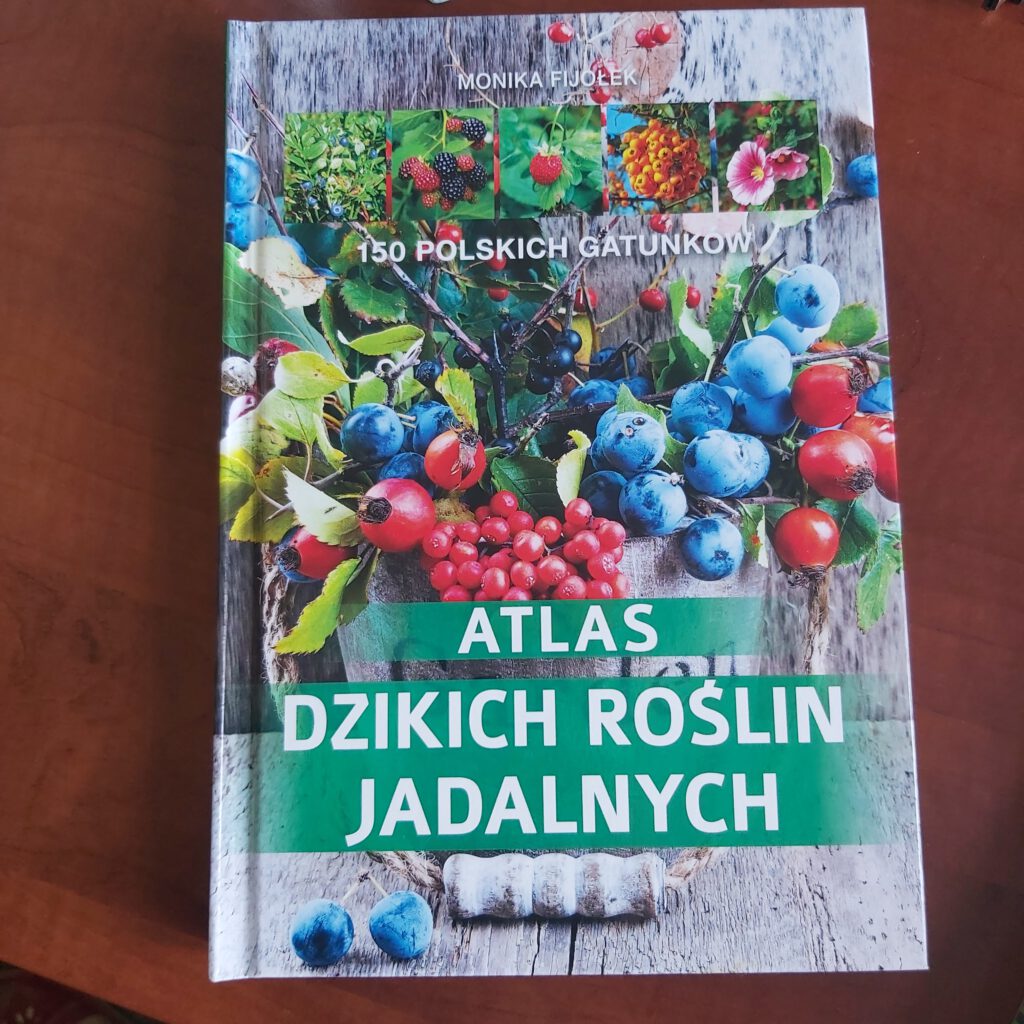What lies ahead is your victory.
Kama Ignac
6 Ways to Get Food and Groceries When Living in the Countryside

Today, let’s see how to find a good food. I would like to tell you about the various options for sourcing great food products. Most of us associate living in the countryside with access to fresh and healthy products. So, let me share a few ideas and my own experience on this matter!
1. Local Markets and Bazaars
The first place to look at is the local markets. They take place at lease once a week. You can find ther a wide range of fresh fruits, vegetables, meat, eggs, and many other products. This is an excellent opportunity to support small, local farms and enjoy the taste of seasonal specialties.
Start by making small purchases to check the quality of the goods. Ask the vendor if they sell their own produce or source it from neighbors or vegetable markets. It is known that it is best to buy from small farmers. They use fewer chemicals, take care of their animals and harvest just a day before they reach the market. In my opinion, it is crucial the distance from the field to our kitchen should be as short as possible. Only freshly harvested vegetables and fruits offer us the greatest richness of their nutrients.
After trying out some market stalls, I have become friends with the sellers. I always have a chat with them and exchange views. This way I learn where else I can buy certain products or where to find a specific service. Over time, we exchange phone numbers, and then it becomes possible to do phone shopping. Even outside market hours and with the option of picking up the items personally in the evening after work. Personally, I highly value such relationships, and some of them have turned into friendships over the years.
How To Recognize Veggies – Shop vs. Farm?
How to tell if vegetables definitely come from a wholesale market with large crops? At first, compared to the farm veggies, the shop ones are washed. Clean potatoes, parsley or carrots should immediately make you think that they did not grow somewhere nearby. For sure they were not harvested yesterday. An experienced farmer told me to never buy such vegetables. At the wholesale market there are the washrooms, where these vegetables are washed, are immediately sprayed with chemical substances. Don’t believe me? Try at home washing potatoes or carrots with dirt and see how many days they will remain fresh. I assure you, not for long! If you can, buy them dirty because dirt is their natural preservative 🙂
2. Local Shops
If you prefer to save time and would like to have a larger selection, do not forget about nearby grocery stores. Many of them specialize in local products that will satisfy your desire for taste and freshness. The friendly staff often has information about the origin of the food. Therefore, you can be sure that you are supporting local farms.
However, nowadays almost every larger village has a supermarket, you don’t have to buy products from mass production there. Basically, in every town, you will find a small greengrocer where you can get products from small suppliers. Although, you often have to pay with cash there, don’t be upset about it. Just be prepared 🙂 In this way, you support Polish producers and entrepreneurs. They have been fighting hard for survival against supermarkets in recent years. As a matter of fact, such places are also often “information points”. You can learn there about the latest events in the local community and many other interesting things.
In my town, I have a greengrocer run by Mrs. Ewa. At her shop, besides shopping with lots of freebies, discounts, and deals, I can always count on nice chats. It is very important to create such local connections in today’s times because urban anonymity does not serve us as a society.
3. Egg Straight from the Hen and Milk Straight from the Cow – Shopping at the Farmer’s
Another place I want to recommend to you is direct shopping from farmers. This is an incredibly popular option in rural areas, where farmers offer their products straight from the farm. It can be fresh milk straight from the cow, delicious honey from bees, vegetables and fruits straight from the field, chicken for soup, or even homemade baked goods. In this way, you support local producers and have the assurance that you are consuming the highest quality products.
You will find such farmers nowhere else but at the market. Therefore, it is always worth asking where they are from, and if they know someone who has good honey, milk, or where I can get chicken for soup. This is how a local network of suppliers and consumers is formed. This allows both sides to maintain independence from supplies from big stores and therefore from the system. It is worth considering in order to always have an alternative to the goods offered in stores.
In the same way, I have acquired suppliers for practically everything I need in life. I have my private suppliers of eggs and honey, through vegetables and meat, to flour straight from the mill. Pleasant relationships with these people are an added value to the whole enterprise 🙂
4. Local Festivals
It is also worth exploring local farming groups or associations. They often organize events such as taste festivals, where you can try a variety of dishes prepared with local ingredients. It’s a great opportunity to meet other residents of the village and discover new flavors. I still recommend always talking to the sellers. Not everyone is from our area and not everyone is a small supplier.
As you develop your own crops, you may want to join such a group to sell your surplus processed products and vegetables.
5. Food Cooperatives
Food or agricultural cooperatives are another great option! They operate on the principle of collectively ordering food directly from farmers. You place orders together for seasonal products and then pick them up at a designated location. This not only convenient but also allows for better prices through wholesale purchases. I have never used such purchases and I think they might be more practical in the city. However, I may be mistaken, and if several families gather, you can also count on home delivery in the countryside. It is worth looking for such groups on social media.
6. Homemade with Love – Self-Sourced Food
Finally, we cannot forget about our own garden and farm! Whether you have a large garden or just a few pots on the terrace, without doubt growing your own vegetables and herbs is not only economical but also satisfying. Nothing tastes better than what we grow ourselves! Take care of the quality of the seeds. There are groups on Facebook and other platforms that have been taking care of having unmodified vegetable and fruit seeds. You can sometimes exchange for other seeds there or buy seed material. For several years now, we have noticed with friends that seeds often do not germinate or produce strange yields. In the age of GMOs and nanotechnology, it is worth making an effort to know what we eat.
Go Wild – Try Weeds!
Besides of the above ideas, I also recommend getting books on edible wild plants. It may turn out that we can feed our families healthily with just the weeds growing on our plot. For instance, goosefoot, also known as orach – is fantastic. Its young leaves taste like spinach and work great as an early crop. Instead of over-fertilized new vegetables from the store, you may pick it up before breakfast and add to salads or scrambled eggs.
The books I recommend include: “Atlas of Edible Wild Plants” by Monika Fijołek, “Wild Kitchen” and “Edible Wild Plants of Poland” by Łukasz Łuczaj. Although I don’t recommend the latter as much due to its poor graphic design. Instead of photos, there are only illustrations of plants. It may make it difficult for less experienced to distinguish between species. However, I do recommend Łukasz Łuczaj’s YouTube channel “Rośliny Jadalne i Dziki Ogród” (Edible Plants and Wild Garden).
Without doubt, such knowledge is very valuable nowadays and can be a healthy alternative to the shop food.
I hope these ideas prove useful. Remember that living in the countryside gives you many opportunities to enjoy fresh and healthy food products. Supporting the local farming community is not only beneficial for you but also for the local economy. Enjoy your meal!
If you liked the article, you may also like to know about car alteranatives in the rural – click here. Also feel free to sign up for a Newsletter. Not only will you be up-to-date with fresh posts, but also will get a gift 🙂



Najnowsze wpisy:
7 principles of mental hygiene that will help you improve the quality of your life
Sound Bath – Deep Relax For Body, Spirit And Mind
Winter In The Countryside – Things To Consider Before Escape From The City
Xavier Rudd – Spirit Bird. A song that changes life.
The Charm of Rural Traditions: Uncovering the Authentic Customs in the Countryside in Poland
Kategorie wpisów:
---English







